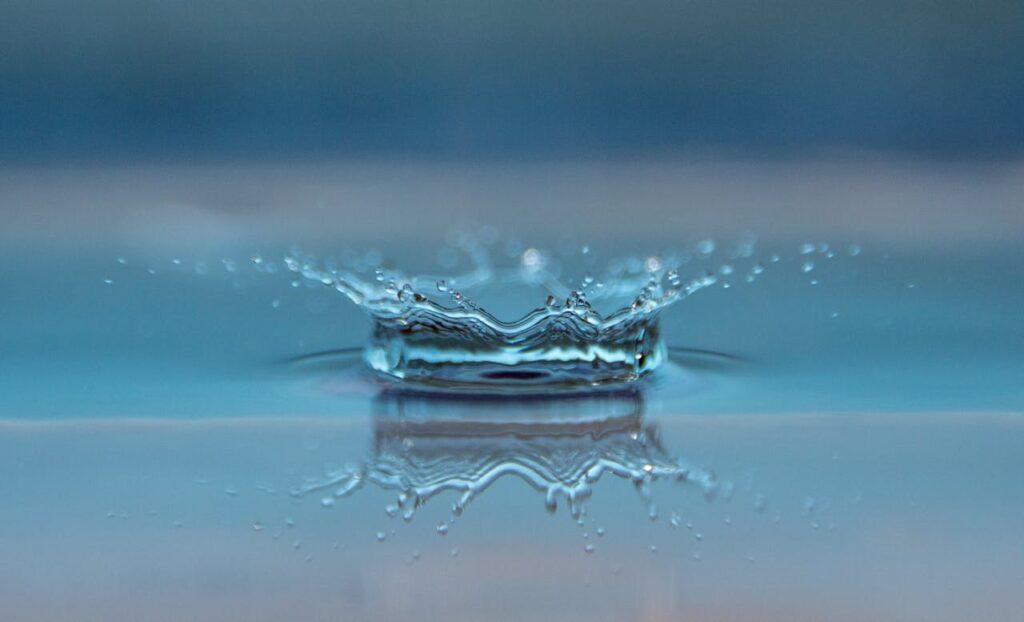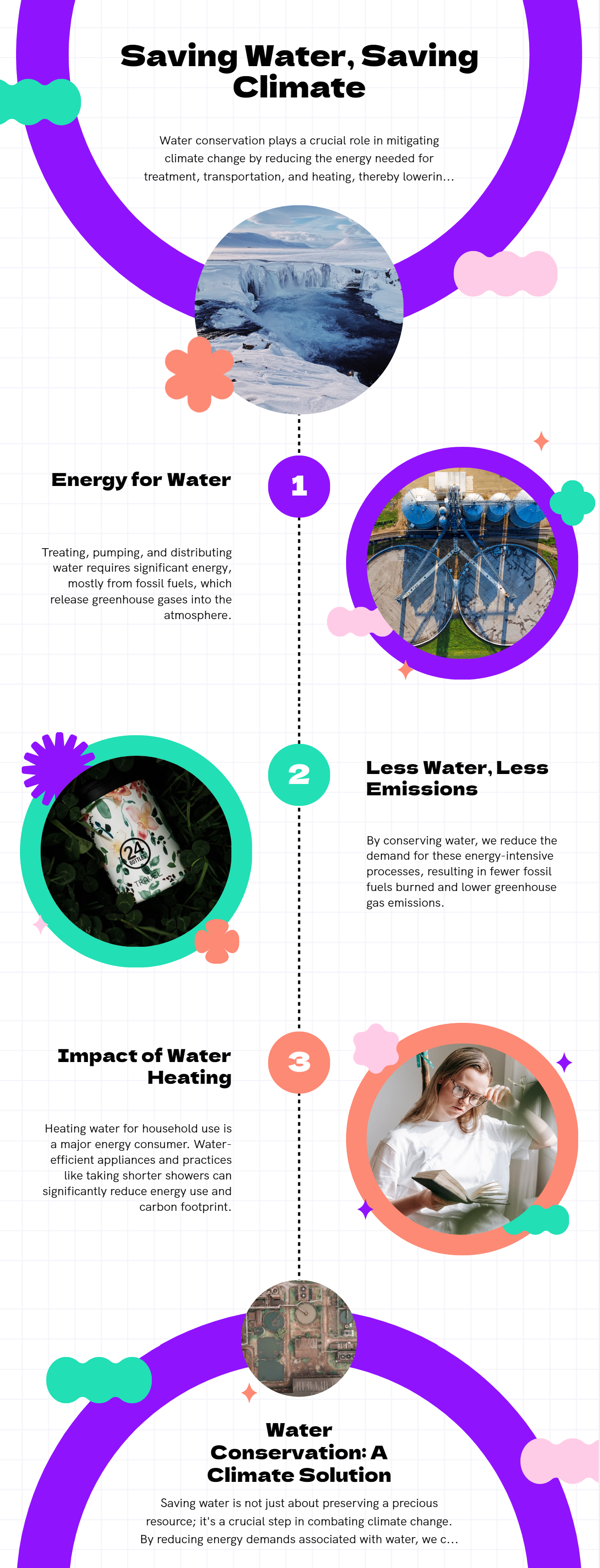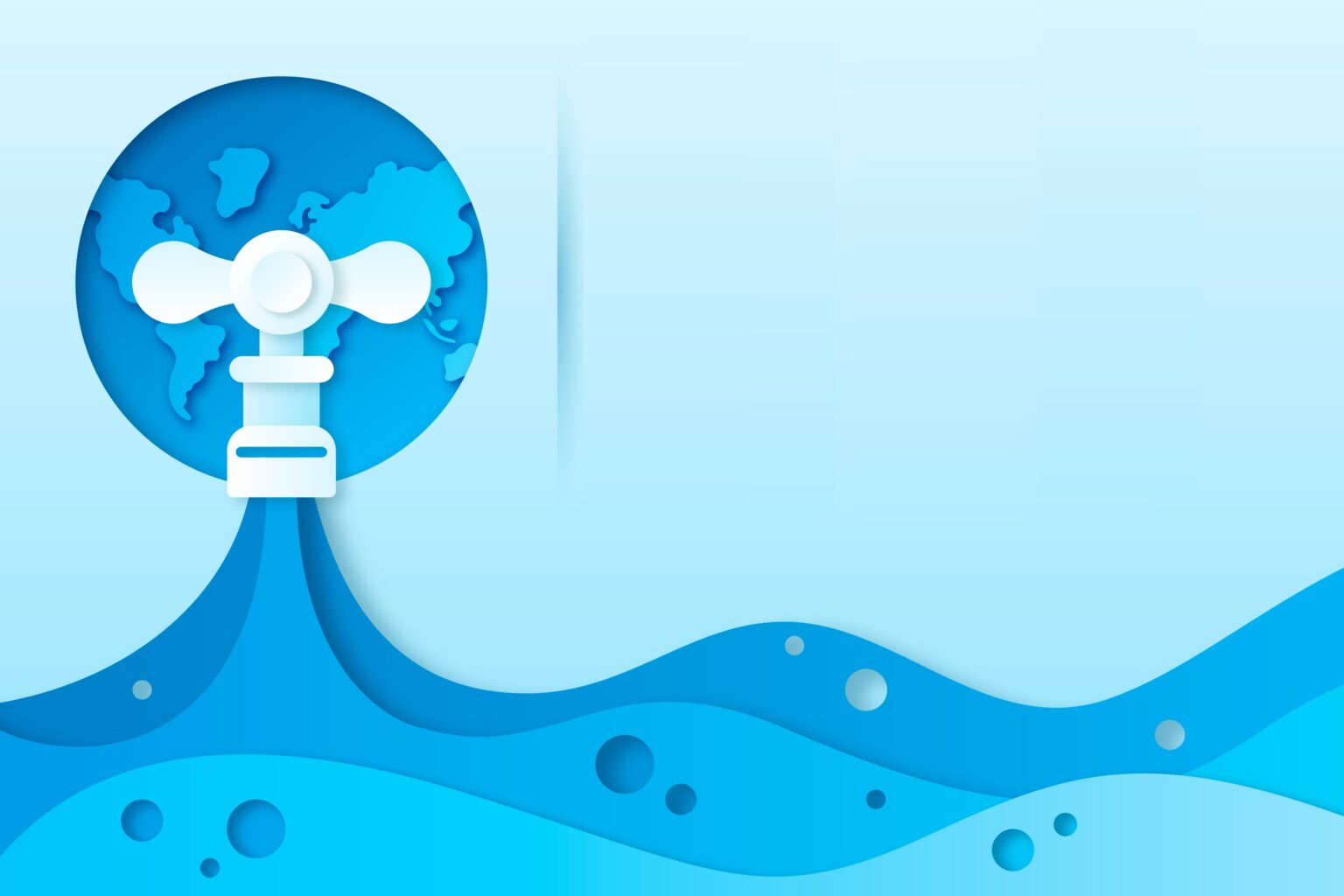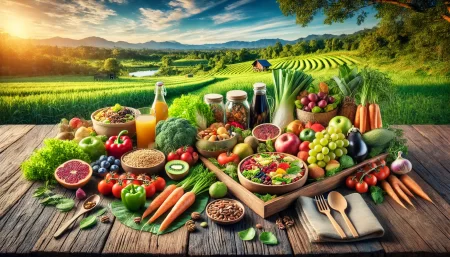Water is the essence of life, integral to every ecosystem, and crucial for human survival. Despite being a renewable resource, water is limited, with only a small fraction accessible as fresh, usable water. The importance of conserving this precious resource cannot be overstated.
As the global population grows and climate change intensifies, our water supply faces unprecedented stress. Conserving water ensures its availability for future generations and reduces the energy required for extraction, purification, and distribution.
By saving water, we protect our environment, support sustainable living, and foster a healthier planet. Embracing water conservation practices is a small yet powerful step towards a more sustainable future, highlighting our role as stewards of this invaluable resource.
In this blog post, you’ll discover how water conservation benefits the environment, from reducing energy consumption to protecting aquatic life, and learn practical ways you can contribute to this vital cause.
The Role of Water in the Natural Environment

Water is the lifeblood of our planet, weaving its way through every ecosystem, sustaining life in all its forms. From the smallest microorganisms to the largest mammals, every living organism relies on water to survive. This precious resource supports life and maintains the delicate balance of our natural environment.
Essential for Life: Biological Processes of Living Organisms
Water is indispensable for the biological processes of all living organisms. It acts as a medium for chemical reactions, facilitates nutrient transport, and regulates temperature.
Water supports plant growth and provides oxygen and food for animals in ecosystems. Wetlands, rivers, and lakes are teeming with biodiversity, showcasing water’s critical role in maintaining healthy ecosystems.
Importance of Water in Human Activities
Water is central to human existence and daily activities. We rely on it for drinking, cooking, and cleaning, ensuring our health and hygiene. In agriculture, water irrigates crops, supporting food production and sustaining livestock.
It powers industries, aiding in manufacturing processes and cooling systems. Transportation, too, benefits from water through shipping routes and hydroelectric power. Each drop of water plays a vital part in our lives, underscoring the need to conserve this invaluable resource.
Why Saving Water is Important?

Saving water is crucial for maintaining the delicate balance of our environment and ensuring a sustainable future. Every drop counts, and conserving water has far-reaching effects beyond quenching our thirst.
- Reducing Energy Consumption: Pumping, filtering, and heating water require significant energy. Less water can reduce the energy needed for these processes, reduce greenhouse gas emissions, and help combat climate change. Imagine the energy saved if everyone turned off the tap while brushing their teeth.
- Decreasing Wastewater Production: Less water usage means less wastewater is generated, which eases the burden on power plants and municipal systems tasked with treating and managing it. This reduction conserves energy and minimizes the environmental impact of wastewater disposal, protecting our rivers and oceans from pollution.
- Preserving Natural Resources: Freshwater sources are finite, and the demand for water increases as the population grows. By conserving water, we ensure that there is enough to meet the needs of all living beings. This helps maintain the health of ecosystems and supports biodiversity, securing a sustainable water supply for future generations.
How Companies Can Help Save Water?

Companies have a significant role in water conservation in an era of paramount environmental sustainability. By implementing effective water-saving measures, businesses can significantly reduce their water footprint, contribute to ecological preservation, and set a positive example for others. Below are some detailed strategies companies can adopt to help save water.
Installation of Water-Efficient Fixtures and Appliances
One of the simplest yet most impactful ways companies can conserve water is by installing water-efficient fixtures and appliances. This includes using low-flow toilets, water-saving showerheads, and sensor-activated faucets. These devices significantly reduce water usage without compromising performance.
For instance, a low-flow toilet can save up to 15,000 gallons of water per year compared to traditional models. Similarly, water-efficient washing machines and dishwashers can cut water consumption by half, contributing to substantial environmental and financial savings.
Recycling Water in Manufacturing Processes
Recycling water within manufacturing processes is another effective strategy for companies to conserve water. Industries can implement closed-loop systems where water used in production is treated and reused multiple times. This minimizes the need for fresh water and reduces wastewater discharge.
For example, many breweries and textile factories have successfully adopted water recycling systems, significantly reducing water consumption. By treating and reusing water, companies can ensure that their manufacturing processes are efficient and sustainable.
Developing Water Conservation Policies for Employees and Customers
Creating and enforcing water conservation policies is essential for encouraging sustainable practices among employees and customers. Companies can develop comprehensive guidelines that promote water-saving behaviors, such as fixing leaks promptly, using water-saving devices, and adopting mindful water usage habits.
Businesses can engage in educational campaigns to raise awareness about the importance of water conservation. Offering incentives, such as discounts for customers who use water-efficient products or rewards for employees who suggest innovative water-saving ideas, can further motivate adherence to these policies.
Examples of Water-Saving Fixtures and Recycling Practices
- Water-Saving Fixtures: Examples include dual-flush toilets, which allow users to select a lower water volume flush for liquid waste and a higher volume for solid waste. Another example is aerated faucets that mix air with water, reducing flow without affecting pressure.
- Recycling Practices: Some companies use greywater systems that capture and treat wastewater from sinks, showers, and washing machines for reuse in landscaping and irrigation. Another practice is using rainwater harvesting systems to collect and store rainwater for non-potable uses, such as toilet flushing and cooling systems.
Companies can significantly impact the environment by adopting these water-saving measures. These practices also help preserve vital water resources.
However, they also demonstrate corporate responsibility and commitment to sustainability. Through innovative solutions and proactive policies, businesses can lead the way in conserving water, ensuring a greener future for all.
Saving Water and Its Impact on Climate

Water conservation is not just about preserving a vital resource; it’s also a powerful tool in combating climate change. When we save water, we reduce the energy required to treat, pump, and heat it, directly impacting our carbon footprint. This conservation effort helps mitigate the effects of climate change, creating a healthier planet for future generations.
1. Connection between Water Conservation and Climate Change
The connection between water conservation and climate change is profound. Every drop of water saved translates to less energy consumed. Water treatment plants, reservoirs, and distribution networks all require significant energy.
By using less water, we reduce the demand for these energy-intensive processes. This reduction in energy consumption means fewer fossil fuels burned, decreasing greenhouse gas emissions. Essentially, conserving water helps slow the pace of climate change, creating a ripple effect of environmental benefits.
2. Reducing Greenhouse Gas Emissions by Using Less Water
Using less water has a direct impact on greenhouse gas emissions. The water treatment and distribution processes are often powered by fossil fuels, which release carbon dioxide and other harmful gases into the atmosphere.
By conserving water, we lower the energy needed for these processes, reducing greenhouse gas emissions. Heating water for household use is one of the largest sources of energy consumption. By taking shorter showers, fixing leaks, and using water-efficient appliances, households can significantly reduce their energy use and carbon footprint.
3. The Role of Energy in Water Treatment and Distribution
The journey of water from natural sources to our taps is energy-intensive. Water treatment plants clean and purify water, making it safe for consumption. This process involves pumping water from rivers, lakes, or underground sources, treating it with chemicals and filtration systems.
And then distribute it to homes and businesses through a network of pipes. Each stage of this journey consumes energy, mostly from burning fossil fuels. Furthermore, wastewater treatment facilities also require substantial energy to process and treat used water before it can be safely released into the environment.
By conserving water, we reduce the strain on these systems. Less water used means less water needs to be treated and transported, resulting in lower energy demands. This not only saves energy but also decreases the overall emissions of greenhouse gases. Implementing water-saving practices such as installing low-flow fixtures, using water-efficient appliances, and adopting mindful habits like turning off the tap while brushing teeth can significantly impact.
Extending Water Supply to Areas with Limited Access
Water scarcity is a pressing issue affecting millions of people around the globe. By saving water, we can help ensure that this precious resource reaches communities in dire need. Not only does conserving water support human health and well-being.
But it also plays a crucial role in maintaining agricultural productivity and environmental sustainability. Let’s delve into the importance of saving water for communities in need, the impact of water scarcity on agriculture and the environment, and effective strategies for transferring saved water to drought-affected areas.
1. Importance of Saving Water for Communities in Need
Access to clean water is a daily struggle in many parts of the world. Communities in arid regions or those affected by droughts often face severe water shortages, leading to health crises and economic instability. We can help allocate more resources to these vulnerable areas by conserving water.
Every drop saved in regions with abundant water supplies can be redirected to support life and livelihood in places where water is scarce. This not only helps to alleviate immediate suffering but also contributes to long-term development and stability.
2. Impact of Water Scarcity on Agriculture and the Environment
Water is the lifeblood of agriculture, essential for growing crops and raising livestock. When water becomes scarce, agricultural production suffers, leading to food shortages and increased prices. This can trigger negative effects, including malnutrition, economic downturns, and social unrest.
Water scarcity severely impacts the environment. Rivers, lakes, and wetlands dry up, losing biodiversity as plants and animals struggle to survive. The depletion of water sources also exacerbates the effects of climate change, making ecosystems more vulnerable to extreme weather events.
3. Strategies for Transferring Saved Water to Drought-Affected Areas
Addressing water scarcity requires innovative strategies to transfer saved water to needy areas. Here are a few approaches:
- Water Recycling and Reuse: Implementing systems to recycle and reuse water in industrial and agricultural processes can significantly reduce the demand for fresh water. In some cases, treated wastewater can be repurposed for irrigation, industrial use, and even potable water.
- Efficient Irrigation Techniques: Technologies such as drip irrigation and smart irrigation systems can help farmers use water more efficiently, ensuring that crops receive the necessary hydration without wastage.
- Water Transfer Projects: Large-scale infrastructure projects can transport water from regions with surplus supplies to those experiencing shortages. Examples include pipelines, aqueducts, and even water transportation by tanker ships.
- Rainwater Harvesting: Collecting and storing rainwater can provide a supplementary water source for communities and agriculture. This method is particularly effective in areas with seasonal rainfall.
- Community-Based Water Management: Empowering local communities to manage their water resources through education and sustainable practices can lead to more effective conservation and distribution efforts.
Conclusion
In conclusion, saving water offers numerous environmental benefits, including significant energy savings, protecting aquatic life, extending water supplies to drought-stricken areas, and supporting agriculture. By reducing the demand for energy-intensive water treatment processes.
We cut down on greenhouse gas emissions, helping to combat climate change. Preserving water resources ensures that ecosystems remain healthy and resilient, while also sustaining agricultural productivity essential for food security.
The urgency of adopting water-saving systems cannot be overstated as climate change threatens global water supplies. Implementing simple practices such as fixing leaks, using water-efficient appliances, and recycling water can make a substantial difference. Let’s all take action to conserve water and protect our planet for future generations.








